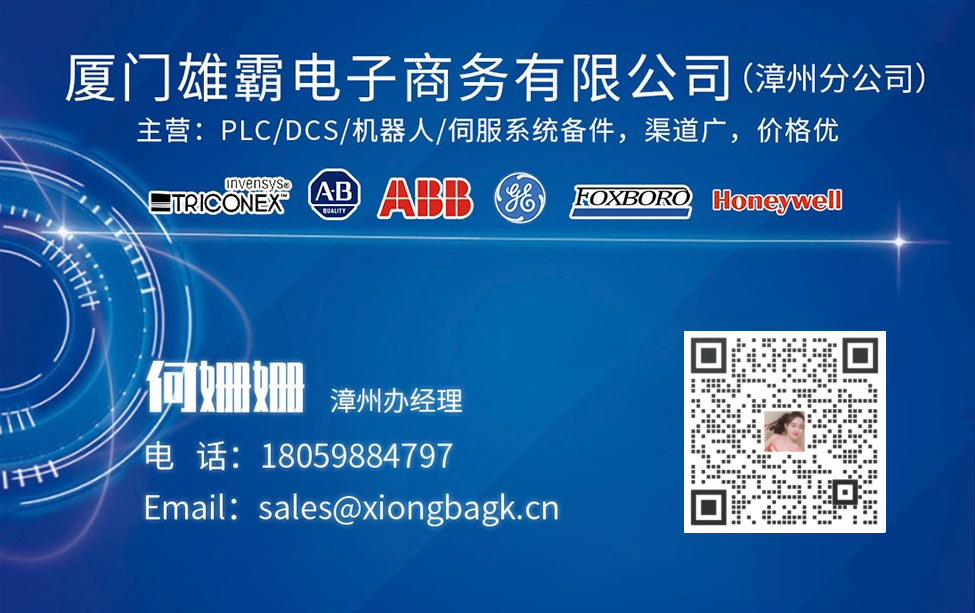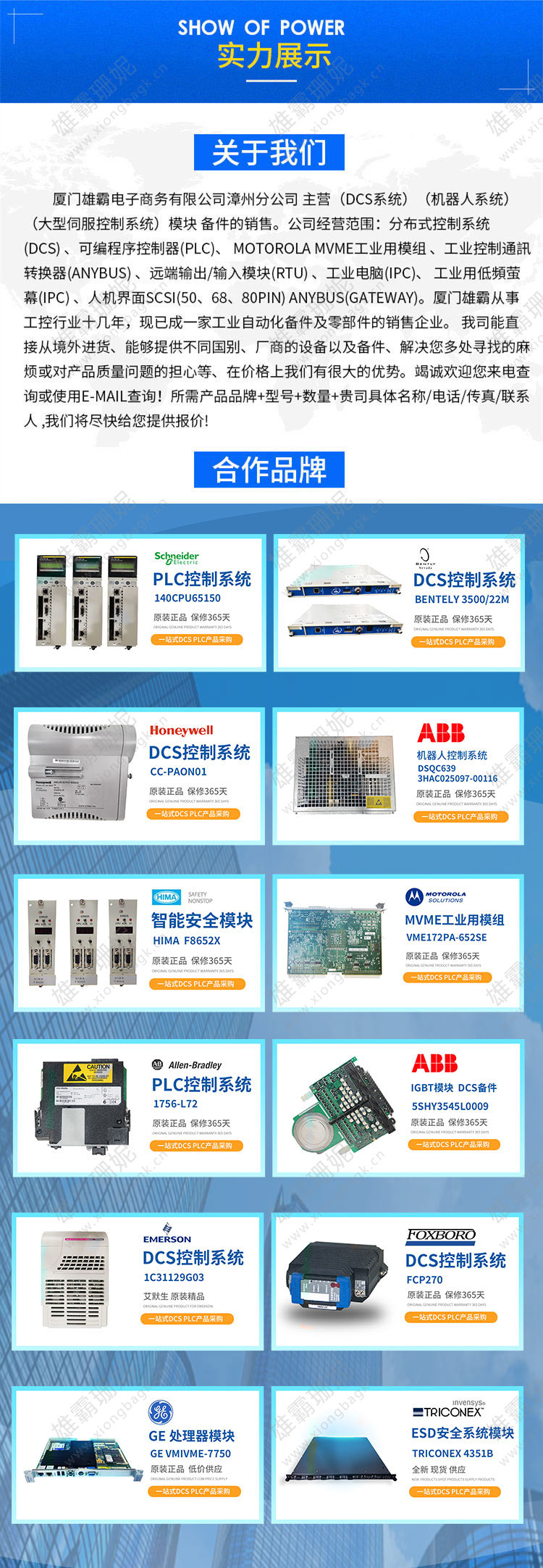Part No.: IS200EXHSG3
Manufacturer: General Electric
Country of Manufacture: United States of America (USA)
Size: 33.0 cm high x 17.8 cm wide
Technology: Surface mount
OperatingTemperature: -30 to 65 oC
Product Type: Exciter High-Speed Relay Driver Board
Availability: In Stock
Series: EX2100
Functional Description
IS200EXHSG3 is an Exciter High-Speed Relay Driver Board developed by GE. It is part of the EX2100 series. Exciter High-Speed Relay Driver board serves a crucial role within the EX2100 Excitation Control system, specifically in providing drivers for various components and relays, as well as conditioning and transmitting signals to other related boards. Exciter High-Speed Relay Driver board plays a pivotal role in the EX2100 Excitation Control system by providing drivers for various relays, conditioning critical signals, and managing contact inputs. Its communication with other boards through the backplane facilitates the integration and coordination of crucial control and monitoring functions within the system, ensuring reliable and efficient operation of the excitation control processes.
Features
- Functionality within EX2100 Excitation Control: Providers drivers for dc contactors (41) and pilot relays associated with de-excitation and field flashing functions.
- Connection and Redundancy: These boards are connected to either three IS200EMIO Exciter Main Input/Output Boards (EMIO) in a redundant control setup or to a single EMIO board in a simplex control configuration via the Exciter Backplane Board.
- Pilot Relays and Signal Conditioning: The board hosts pilot relays for flashing relays 53A and 53B, along with pilot relays for the de-excitation relay KDEP. It conditions de-excitation status signals from the Exciter De-Excitation Board (EDEX) and crowbar status signals from the De-Excitation Control Board before transmitting them to EMIO for further processing.
- Contact Inputs and Monitoring: The board manages three contact inputs from 41, 53A, and 53B, which are powered by 70 V dc sourced from EXHS. These inputs are connected to the exciter power supply. The board monitors feedback from these contact inputs and relays the resulting status signals to the EMIO board for system monitoring and control purposes.
Contact Inputs
- Purpose: Auxiliary contacts 53A, 53B, and 41 have similar roles in both simplex and redundant control configurations but with differences in signal distribution.
- Power Source and Wetting Voltage: The three contacts receive wetting voltage of 70 V dc supplied, which can vary within the range of 63 to 84 V dc. Power from plugs J12M1 and J12M2 is resistor isolated and provided to these contacts.
- Signal Distribution in Redundant Control: In redundant control setups, the inputs are fanned out to the redundant M1, M2, and C controllers for monitoring and control purposes.
- Signal Distribution in Simplex Control: In simplex control, the signals only go to the EMIO in the M1 controller, concentrating the monitoring and control functions within the EMIO of the primary M1 controller.
- Monitoring Circuit: The contact input monitoring circuit responsible for monitoring these signals is located on the EMIO board.
Crowbar Status Input
- Purpose: Crowbar status signals from two EDEX boards are provided to EMIO-M1 and EMIO-M2 through EXHS, enabling monitoring and control functions related to crowbar operation.
- Signal Distribution in Redundant Control: Similar to contact inputs, in redundant control configurations, these crowbar status inputs are directed to both EMIO-M1 and EMIO-M2 for monitoring and control redundancy.
- Signal Distribution in Simplex Control: In simplex control, the crowbar status signals only go to the EMIO-M1 controller, concentrating these signals within the primary controller for monitoring and control purposes.
- Conditioning Circuit on EXHS: EXHS houses the conditioning circuit that monitors both inputs from the EDEX boards. If either input transitions to low impedance (indicating crowbar conduction), a signal is sent to EMIO in the M1 controller.
问:你能提供折扣吗?
答:是的,如果您订购超过1件,我们很高兴为您提供折扣。
问:你们的运输条款如何?
答:我们可以通过京东快递,联邦快递,德邦快递,顺丰快递等发货
问:你们的交货时间如何?
答:我们有很多库存,您将在3-5天内收到。












